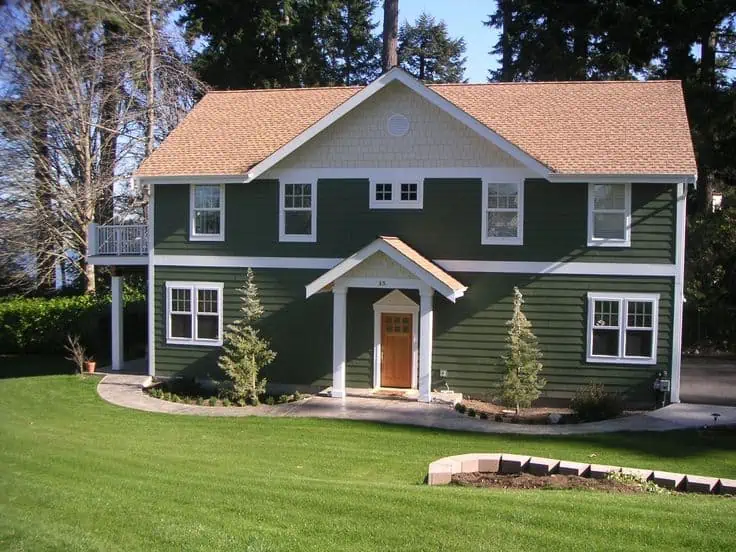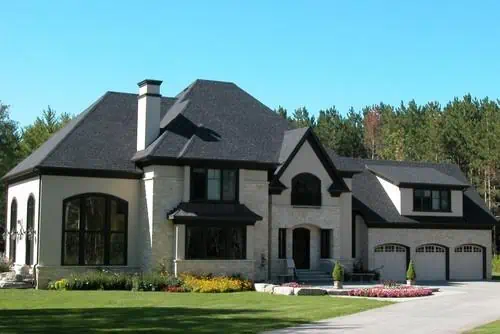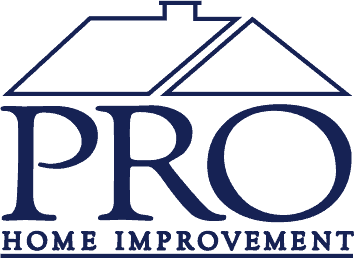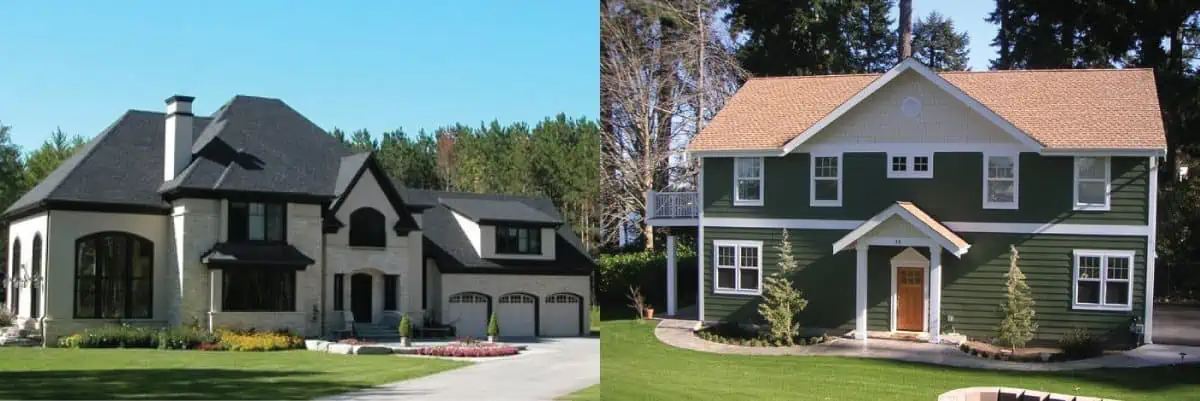As you pass through your neighborhood, you probably don’t think about your neighbor’s roof color. You might know the color of your roof, if you think hard for a second, but you couldn’t name more than one other neighbor’s roof color with the same confidence.
The color of your roof (hopefully) blends into the overall image of your home – but did you know that your roof color affects how your house operates?
How does roof color affect my home?
Before getting any further, make sure you take away this piece of information: roof color directly dictates your home’s internal temperature. Roofs with lighter colors reflect the sun’s rays away and roofs with darker colors absorb those rays, transferring the heat into your attic and rooms below.
Color is important. What about material?
Color is a major player in the roof/heat equation, but it’s not the only important aspect. The material also affects how good your roof is at reflecting heat. Asphalt shingles reflect less than metal or rubber roofs. This can mean that even light tan asphalt shingles may bring more heat into your home than a dark brown metal roof.
Besides a style choice, how does that affect me on a day-to-day basis?
With a lighter roof, your home is absorbing less heat during the summer. This is less “work” that your air conditioner has to operate to remove that heat and keep your house comfortable. It may not even have to run at all! This is a direct comfort and cost impact to you, on a daily basis.

With a darker roof, you may be welcoming in more heat, causing your air conditioning to run longer and harder. This all can be mitigated with proper ventilation and insulation in your attic, so please don’t write off dark roofs completely – they can be made energy efficient as well!
During the summer, yes I agree. What about winter?
During the winter, the opposite is true. In the winter, you’d obviously prefer more “free heat” from the sun, so a lighter roof might be causing your furnace to heat your home longer. Darker roofs bring in heat and keep your home warmer.
What about snow melt?
Since darker roofs absorb heat well, they are noted as being better at removing snow. This is another reason darker roofs are popular in moderate climates, in the southeast Michigan area, including Ferndale, Troy and Oakland County in general.

Do they actually help?
Probably not as much as you’d think.
First of all, consider that northern cities have fewer sunny daylight hours during the winter season. Less sunlight exposure means fewer sun rays beating down on the roof and less time for the roof to absorb those rays.
Darker roofs have a small snow melt effect but not a significant one. If your roof experiences winter issues like ice dams, your roof color isn’t the primary culprit. More likely, insufficient attic insulation and poor roof ventilation create the problem. Call the Pros to find out how to resolve ice dams now in preparation for the next winter season.
OK – Last Question. Which Is Better: Light Roofs or Dark Roofs?
It’s complicated.
It may seem like lighter roofs are better for the Detroit-area to keep cool during the summer, but insulation and ventilation are probably better for improving your home’s energy performance.
Ultimately, the best roof color for your home is the color you like best, that is properly installed and uses the best materials available.
Your best bet is to consult the Pros at Pro Home Improvement to recommend what colors match best, they will recommend the most energy-efficient installation and they will back their work with an industry-leading guarantee of satisfaction. Call them today at 888-776-1998 or use their super simple web form to set up an appointment.

